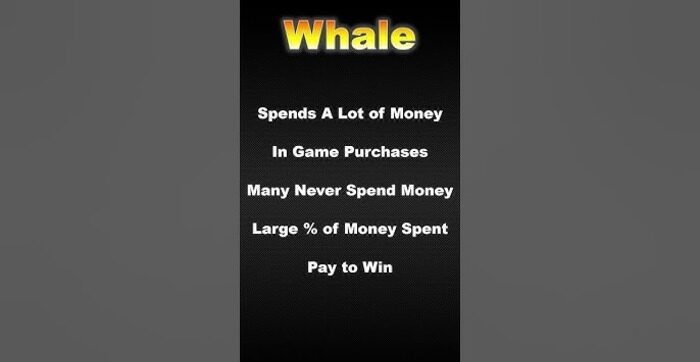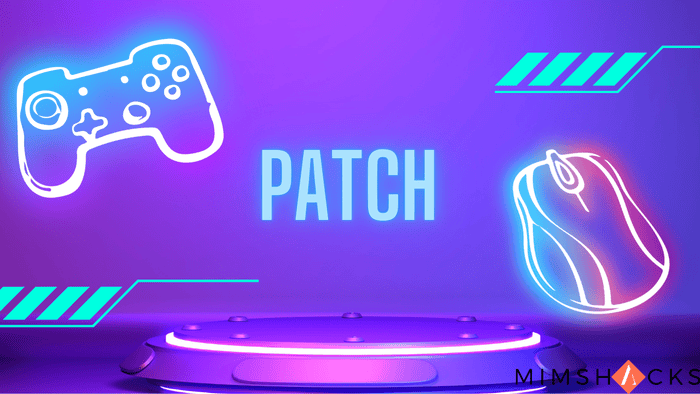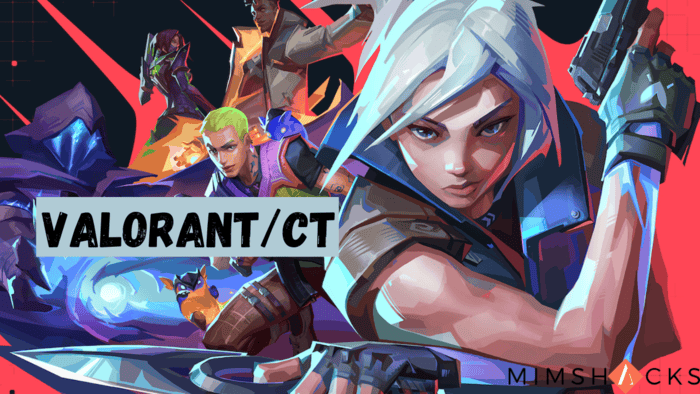What Is a Whale in Online Gaming?
Whales in gaming refer to players who spend significantly on in-game purchases or microtransactions.
Despite representing a small portion of the player base, they contribute a substantial share of the game’s revenue.
Hey, fellow gamers and enthusiasts! Today, we’re exploring a fascinating term in the gaming community: “Whales.”
No, not the oceanic giants – we’re talking about those players who make a notable impact through spending habits.
Let’s look at what these high-spending gamers are all about!

What Does It Mean to Be a Whale in Gaming?
In gaming, a “whale” is a player who consistently spends a lot of money within a game, especially those with free-to-play models featuring microtransactions.
These players are known for purchasing premium content, such as skins and exclusive items, and may invest heavily to progress faster or enhance their in-game experience.
Although whales make up a small fraction of players, their contributions to a game’s earnings are immense. Think of them as the big spenders who help keep the virtual world thriving.
Where the Term “Whale” Came From?
The term “whale” originally came from the casino world, referring to the biggest gamblers who spent vast sums—sometimes millions—at the tables.
The gaming industry adopted this term as free-to-play games with microtransactions grew in popularity.
Like casinos roll out the red carpet for their biggest spenders, gaming companies design exclusive features and promotions to attract and keep their whales. It’s all about reeling in the big fish!

What Do Whales Typically Spend on Games?
Curious about how much whales spend? The numbers might surprise you!
A 2016 Swrve report (still referenced across the industry) found:
- The top 10% of spenders (whales) contributed 48% of mobile game revenue.
- On average, whales spent $24.66 per month on in-app purchases.
But these are just averages. Some whales go way beyond that! There are reports of players spending thousands, even tens of thousands of dollars, on one game.
For instance, a 2019 deltaDNA study showed that whales could easily spend more than $100 a month in certain free-to-play games.
The top 5% of paying players in strategy games averaged $276 per month!
Note:
Keep in mind, the definition of a “whale” can vary from one game to another or even in different studies.
Some may classify anyone spending over $100 per month as a whale, while others set a higher threshold.
Top Games Attracting High-Spending Players
Big spenders play a significant role in many games, especially those that rely on in-game purchases. Here are some well-known games where these players make an impact:
- Genshin Impact: A game with a system where players spend money to obtain characters and weapons through random draws.
- Fortnite: Though the focus is on cosmetic items, players eagerly spend on skins and battle passes.
- Mobile Legends: Bang Bang is a mobile multiplayer online battle arena (MOBA) game with a large community of high spenders.
- Clash of Clans: One of the first mobile games to embrace the concept of big spenders in the gaming world.
- FIFA Ultimate Team: Players invest heavily in packs of cards to build their ultimate teams.
- Candy Crush Saga: A seemingly simple puzzle game with an unexpectedly large group of players who spend a lot.
- Pokémon GO: A game that combines augmented reality with in-game spending, allowing players to acquire rare Pokémon and special items.
- Star Citizen: A crowdfunded game where some players pledge thousands of dollars for virtual ships and assets.

Additional Concepts to Understand
As you dive into the economics of gaming, you might come across these terms:
- Small In-Game Purchases: Players make small payments within the game, fueling the market for big spenders.
- Free-to-Play Model: Games that are free to download and play, but charge for additional features or content.
- Randomized Reward System: A mechanic where players spend money for a chance to receive random rewards.
- Mid-Tier Spenders: Players make occasional in-game purchases but do not spend as heavily as the top spenders.
- Minimal Spenders: Players who either spend little or nothing on in-game purchases.
- Pay-to-Progress: Games where spending money grants players an advantage or faster progression.
- Randomized Reward Purchases: Players purchase items that provide random rewards, often facing criticism for resembling gambling.
- Progression System with Rewards: A feature that players can pay for, unlocking new rewards as they continue to play the game.
There you have it! Now you understand the impact of high spenders in the gaming world.
Whether you’re one of the big spenders, a moderate player, or someone who prefers to enjoy the game without spending much, remember that the goal is fun.
Play responsibly and enjoy the experience!






